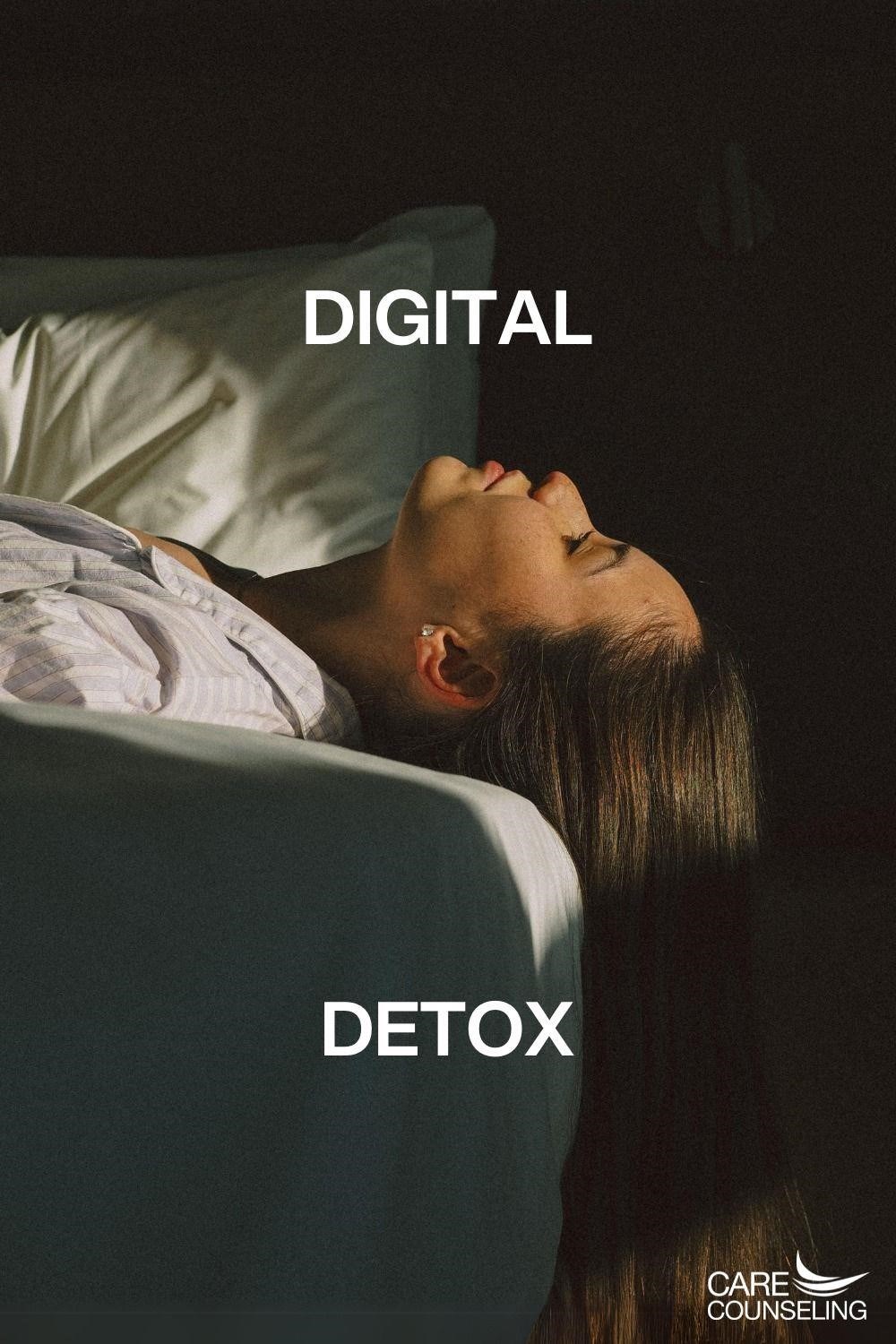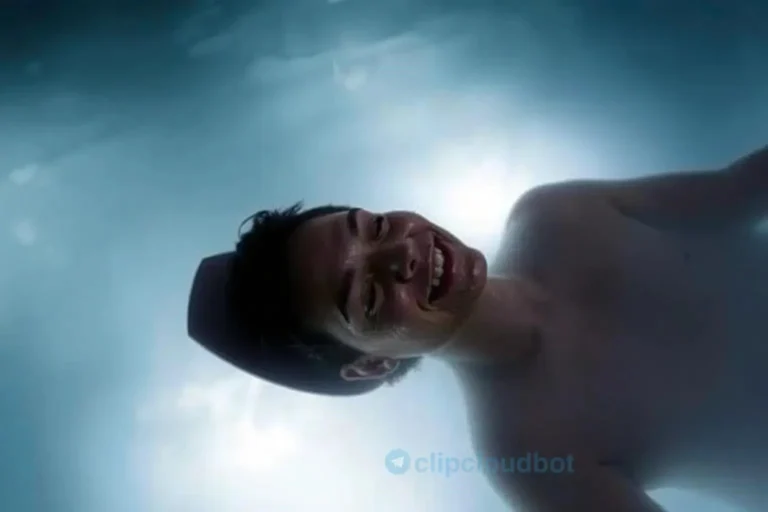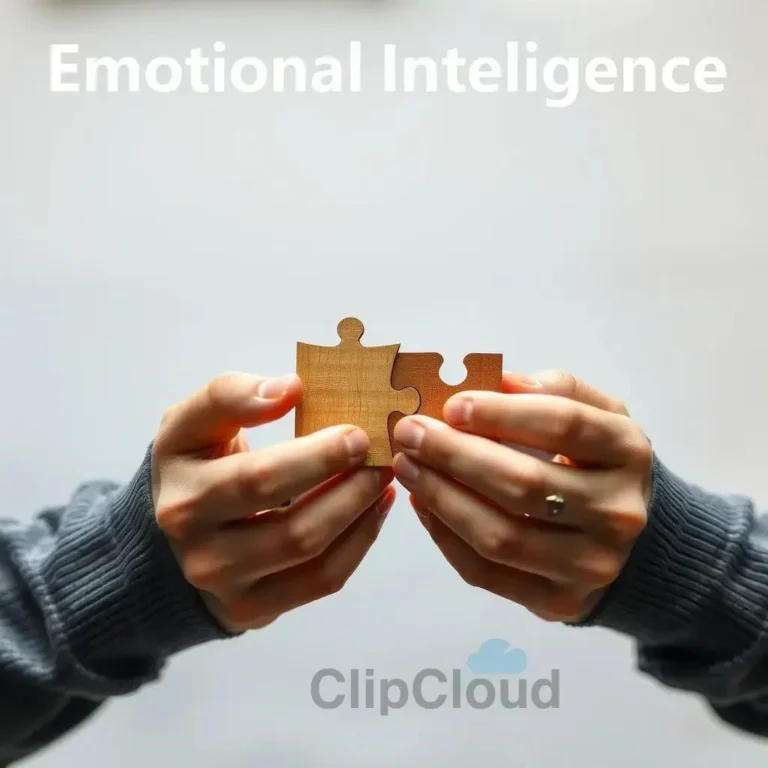The Power of Pause: Embracing Digital Detox for Mental Recharge
Understanding the Need for a Digital Detox
In today’s hyper-connected world, we’re constantly bombarded with notifications, emails, and social media updates. This constant digital stimulation can lead to feelings of overwhelm, stress, and anxiety. A digital detox offers a conscious break from this digital noise, allowing your mind to rest and recharge; It’s a chance to reconnect with yourself, your loved ones, and the world around you without the distractions of screens. By understanding the impact of constant connectivity, we can begin to appreciate the power of disconnecting.
Planning Your Digital Detox
A successful digital detox requires careful planning to maximize its benefits. It’s not just about turning off your phone; it’s about creating a mindful approach to disengaging from the digital world. Consider these key steps to plan your detox:
Set Realistic Goals:
Start small. Don’t try to go completely offline for a week if you’ve never done it before. Begin with a few hours each day, or perhaps a full day on the weekend. Gradually increase the duration as you become more comfortable. A gradual approach is more sustainable and less likely to lead to frustration.
Define Your Boundaries:
What does “digital detox” mean to you? Does it include all digital devices, or just certain ones? Will you allow yourself to check email for work purposes? Clearly define your boundaries to avoid ambiguity and temptation. Being specific will help you stay on track.
Schedule Your Detox:
Choose a time that works best for you. Consider your work schedule, social commitments, and personal preferences. Weekends, holidays, or vacations can be ideal times for a more extended detox. Scheduling helps you commit and prepare mentally.
Inform Your Contacts:
Let your family, friends, and colleagues know about your digital detox. This prevents misunderstandings and unnecessary worry if you’re not immediately responsive. It also helps create a supportive environment for your detox.
Prepare Your Environment:
Create a space that is conducive to relaxation and offline activities. Charge your e-reader, gather your favorite books, or plan a hike in nature. Having alternatives readily available will make it easier to resist the urge to reach for your devices.
Identify Potential Triggers:
Recognize situations or emotions that typically lead you to reach for your phone or computer. Boredom, stress, and loneliness are common triggers. Having a plan to manage these triggers, such as going for a walk or meditating, will help you navigate your detox successfully.
Plan Post-Detox Digital Habits:
Think about how you want to integrate technology back into your life after the detox. Consider setting limits on screen time, disabling non-essential notifications, and creating designated tech-free zones. Planning for a healthy digital diet after the detox will help you maintain the benefits you’ve gained.
Activities to Embrace During Your Digital Detox
A digital detox isn’t about deprivation; it’s about rediscovering the joys of offline life. Free from the constant buzz of notifications, you can engage in activities that nourish your mind, body, and soul. Embrace these opportunities to reconnect with yourself and the world around you:
Reconnect with Nature:
Spend time outdoors. Go for a walk in the park, hike a scenic trail, or simply sit under a tree and breathe in the fresh air. Nature has a calming effect and can help reduce stress and improve your mood. Observe the details around you – the rustling leaves, the chirping birds, the warmth of the sun.
Cultivate Creativity:
Engage in creative pursuits. Paint, write, play a musical instrument, or try your hand at crafting. Creative expression can be a powerful outlet for emotions and a source of joy and fulfillment. Let your imagination run free without the distractions of the digital world.
Nurture Relationships:
Connect with loved ones in person. Have meaningful conversations, share meals together, and engage in shared activities. Face-to-face interactions foster deeper connections and strengthen bonds. Put away your phones and be fully present in the moment.
Read a Book:
Lose yourself in the pages of a captivating novel or explore new ideas through non-fiction. Reading stimulates the mind, expands your knowledge, and provides a welcome escape from the digital world. Savor the tactile experience of holding a book and turning its pages.
Practice Mindfulness and Meditation:
Engage in mindfulness practices or meditation. Focus on your breath, observe your thoughts and feelings without judgment, and cultivate a sense of inner peace. These practices can help reduce stress, improve focus, and enhance self-awareness.
Engage in Physical Activity:
Move your body. Go for a run, swim, bike ride, or practice yoga. Exercise releases endorphins, which have mood-boosting effects. Physical activity also helps improve sleep and overall well-being.
Explore Your Local Community:
Visit local museums, art galleries, or historical sites. Attend community events, farmers markets, or concerts. Connecting with your community can foster a sense of belonging and introduce you to new experiences.
Rediscover Hobbies:
Dust off old hobbies or explore new ones. Gardening, cooking, photography, or learning a new language can provide a sense of accomplishment and enrich your life. Engage in activities that bring you joy and satisfaction.
Maintaining a Healthy Digital Diet After the Detox
After experiencing the benefits of a digital detox, it’s crucial to establish a healthy and sustainable relationship with technology. Just like a healthy diet nourishes your body, a healthy digital diet nourishes your mind and well-being. Here are some strategies for maintaining a balanced approach to technology after your detox:
Mindful Consumption:
Be intentional about your technology use. Ask yourself: “Is this serving a purpose?” or “Is this adding value to my life?” Avoid mindless scrolling and prioritize activities that align with your values and goals.
Establish Boundaries:
Set clear boundaries for your technology use. Create designated “tech-free” times and zones in your home. Turn off notifications during specific periods, such as mealtimes, family time, and before bed. Respect these boundaries to protect your time and mental space.
Curate Your Digital Environment:
Unfollow accounts that trigger negative emotions or comparison. Unsubscribe from unnecessary emails and notifications. Fill your digital feeds with content that inspires, educates, and uplifts you. Create a digital environment that supports your well-being.
Prioritize Real-World Connections:
Nurture your relationships in the real world. Schedule regular time for face-to-face interactions with loved ones. Engage in activities that foster connection and community. Remember that real-world connections are essential for emotional well-being.
Schedule Tech Breaks:
Incorporate regular tech breaks into your day. Step away from your devices every hour or two to stretch, walk, or engage in a non-digital activity. These short breaks can help reduce eye strain, improve focus, and prevent digital fatigue.
Practice Digital Minimalism:
Embrace the philosophy of digital minimalism. Focus on using technology intentionally and purposefully. Choose quality over quantity when it comes to apps and online activities. Simplify your digital life to reduce clutter and distractions.
Reflect and Adjust:
Regularly reflect on your technology use and its impact on your well-being. Are you feeling overwhelmed or stressed? Are you neglecting important aspects of your life? Adjust your digital habits accordingly to maintain a healthy balance.
Seek Support:
If you’re struggling to manage your technology use, don’t hesitate to seek support. Talk to a trusted friend, family member, or therapist. There are also resources available online and in your community that can help you develop healthier digital habits.
By implementing these strategies, you can maintain the benefits of your digital detox and cultivate a healthy, sustainable relationship with technology. Remember that technology is a tool, and it’s up to you to use it wisely and purposefully to enhance your life, not detract from it.





